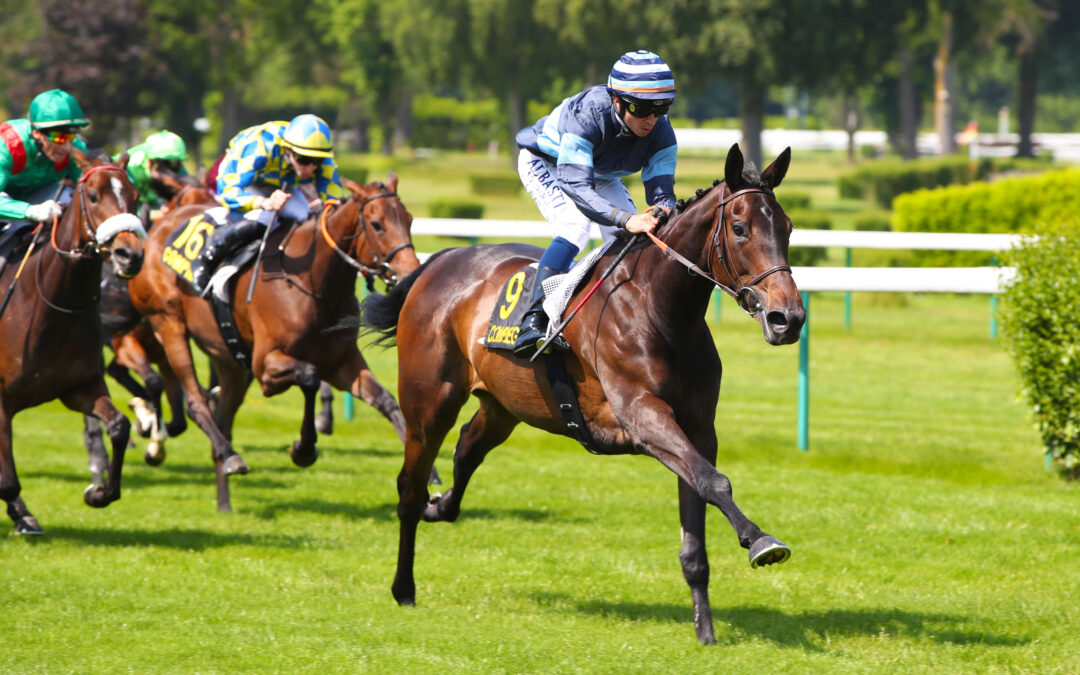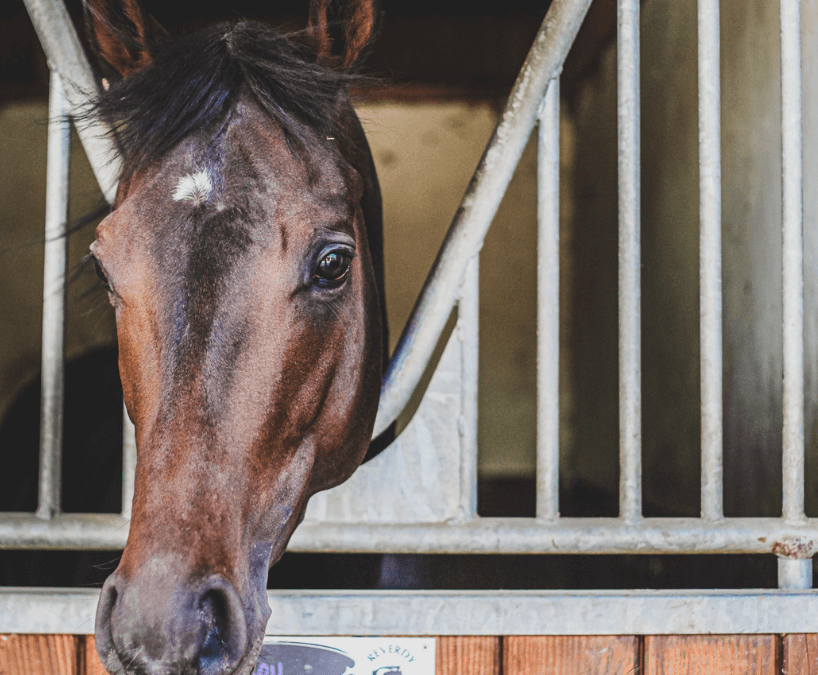
Oct 31, 2023 | Physiology, Welfare
Accueil 9 Search query for: Atypical myopathy is a disease that affects horses. It is a generalized muscle weakness caused by the intoxication of a molecule contained in the samaras and seedlings of certain maple trees. When horses graze on pastures where these...
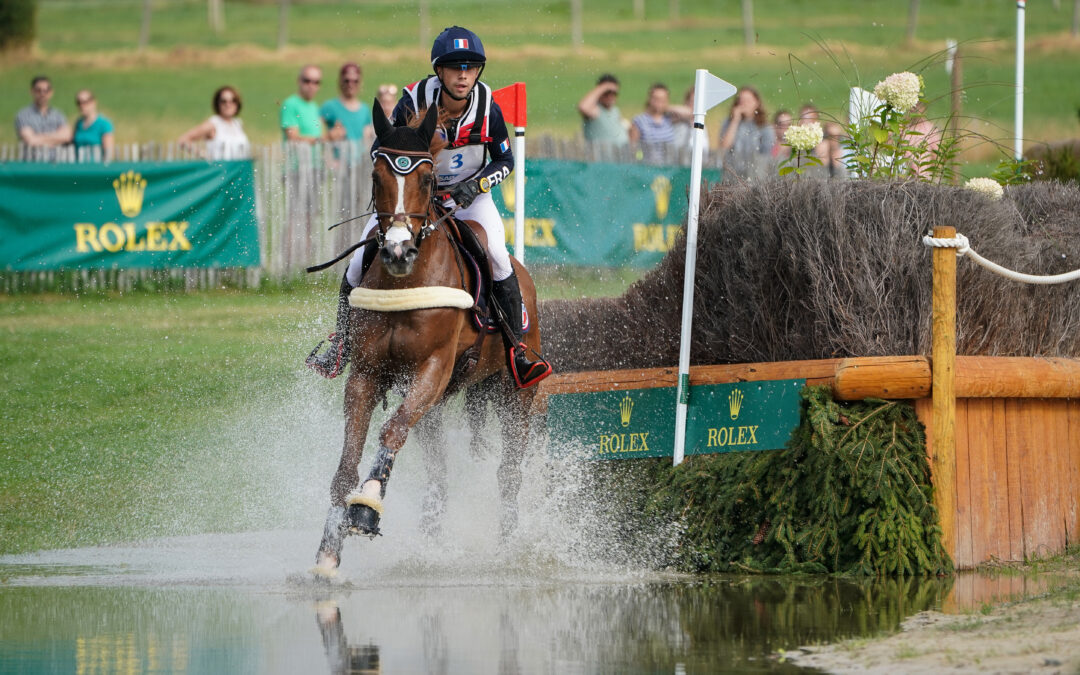
Sep 18, 2023 | Interviews, Physiology, Welfare
Home 9 Category: Interviews We had the chance to talk to Alexis Goury, an french eventing rider, about his use of EQUIMETRE. Discover, through this discussion, how he trains his horses and integrates the connected sensor into his daily routine. Could you please...
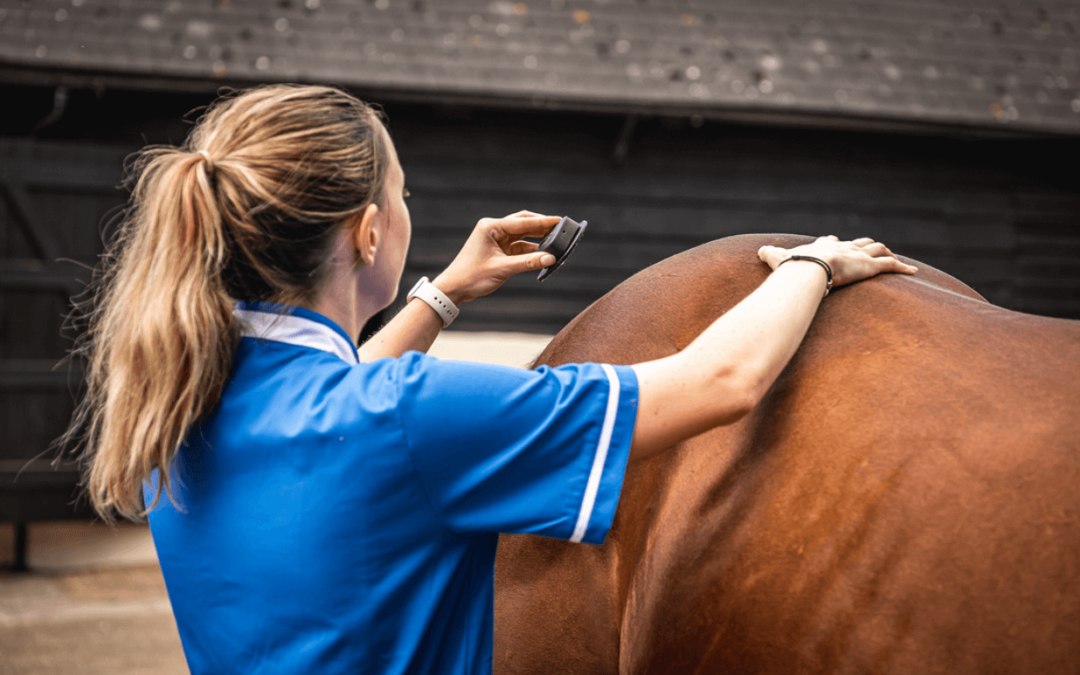
Sep 8, 2023 | Science, Welfare
Accueil 9 Category: Welfare Equine veterinary medicine is essential for ensuring the health and well-being of horses, whether in the sports or leisure domain. For years, equine medicine professionals have followed well-established care protocols to treat diseases...
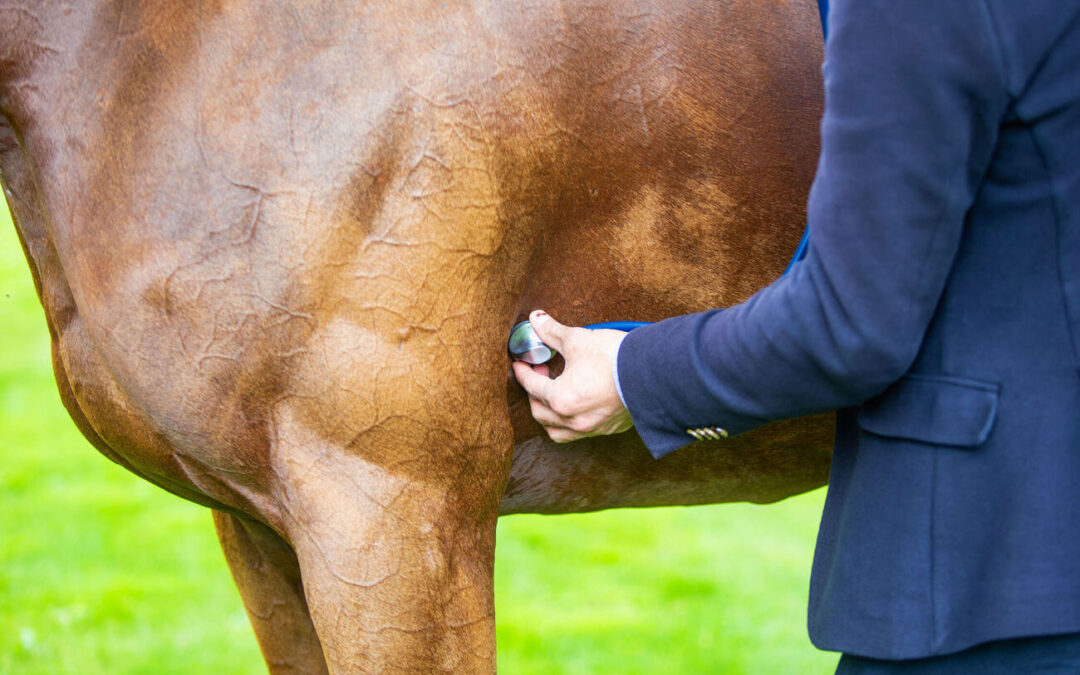
Aug 18, 2023 | Physiology, Science, Welfare
Accueil 9 Category: Physiology Interpretation biases are errors in reasoning that affect decision-making and the evaluation of information. These cognitive biases can be detrimental to the practice of equine veterinary medicine, leading to diagnostic errors,...
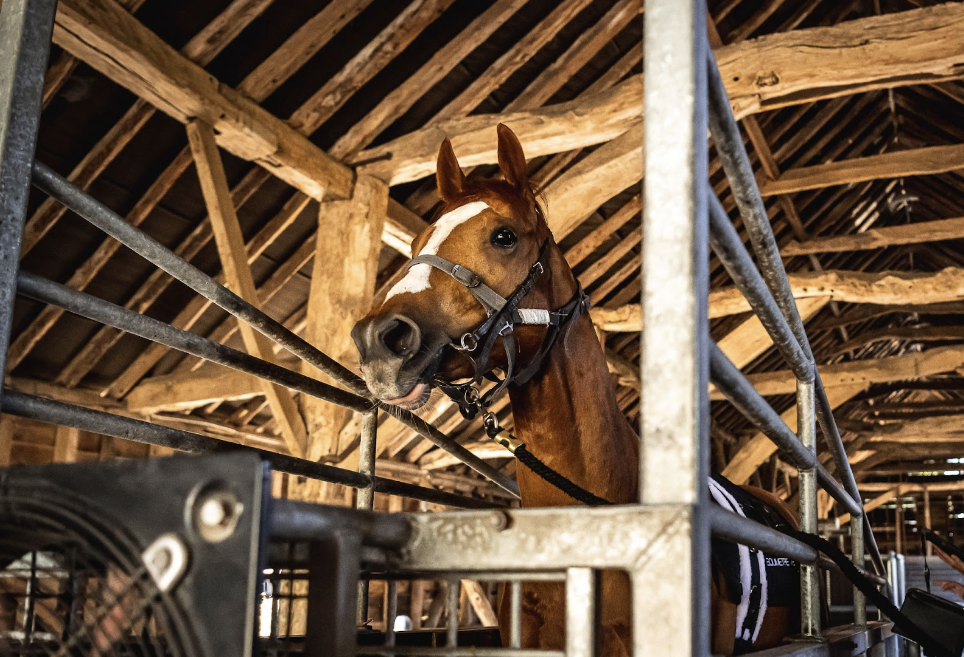
Jul 28, 2023 | Physiology, Welfare
Accueil 9 Category: Physiology The various equine respiratory pathologies can have a significant impact on the animal’s general health and compromise its ability to make any effort. In horses, they can result from a variety of factors, such as the...
